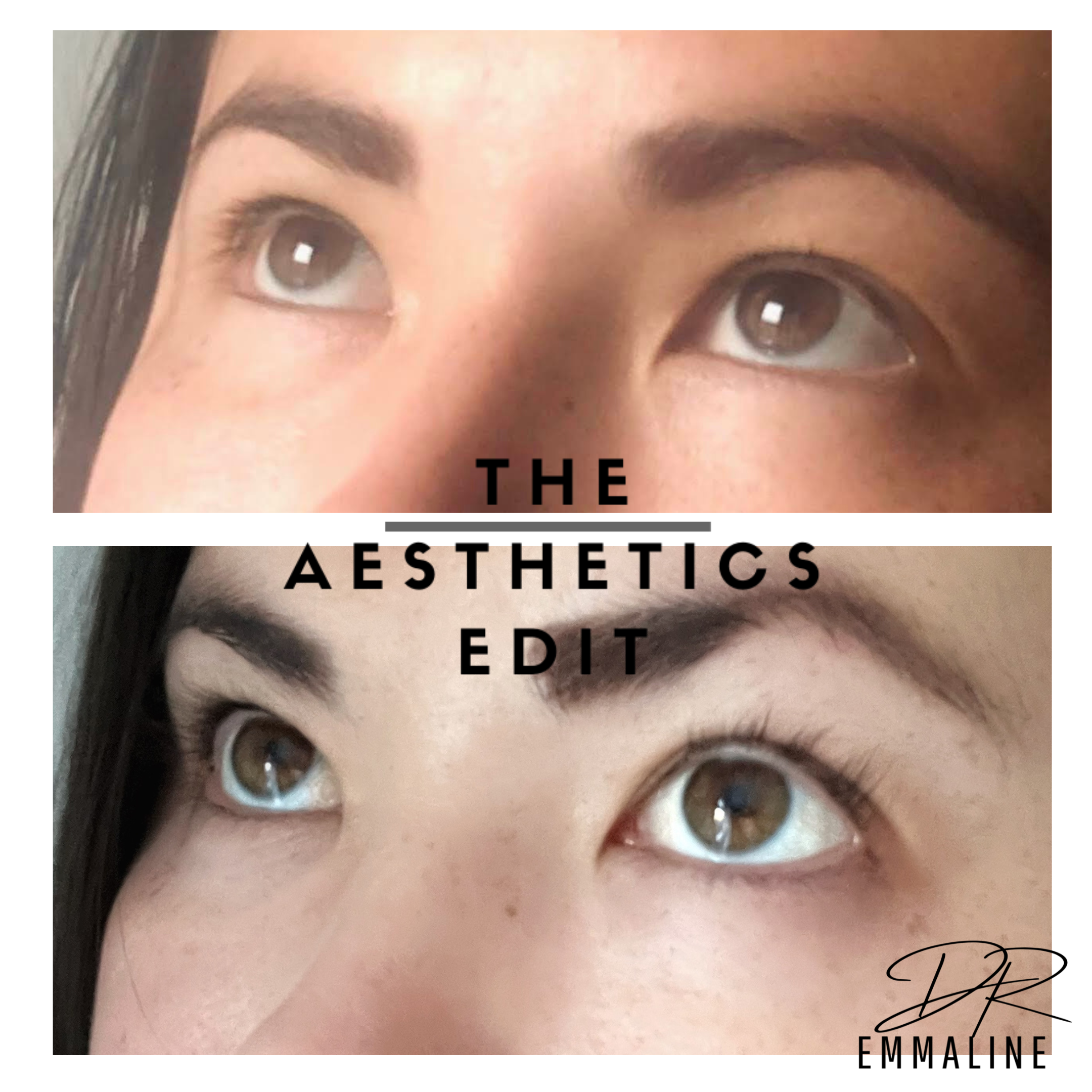The Rise of “Instagram Face”
The concept of “Instagram face” is not a new one, but has received more recent attention as Meta has banned filters that encourage plastic surgery. Awareness of the role that social media and photo editing plays in aesthetic medicine is incredibly important for both clinicians and patients. The influence of social media can be incredibly negative, and it means it’s more important than ever to navigate between good, ethical medical practice versus “selling” cosmetic procedures.
What is “Instagram Face?” The New Yorker described this look as, “𝘐𝘵'𝘴 𝘢 𝘺𝘰𝘶𝘯𝘨 𝘧𝘢𝘤𝘦, 𝘰𝘧 𝘤𝘰𝘶𝘳𝘴𝘦, 𝘸𝘪𝘵𝘩 𝘱𝘰𝘳𝘦𝘭𝘦𝘴𝘴 𝘴𝘬𝘪𝘯 𝘢𝘯𝘥 𝘱𝘭𝘶𝘮𝘱, 𝘩𝘪𝘨𝘩 𝘤𝘩𝘦𝘦𝘬𝘣𝘰𝘯𝘦𝘴. 𝘐𝘵 𝘩𝘢𝘴 𝘤𝘢𝘵𝘭𝘪𝘬𝘦 𝘦𝘺𝘦𝘴 𝘢𝘯𝘥 𝘭𝘰𝘯𝘨, 𝘤𝘢𝘳𝘵𝘰𝘰𝘯𝘪𝘴𝘩 𝘭𝘢𝘴𝘩𝘦𝘴; 𝘪𝘵 𝘩𝘢𝘴 𝘢 𝘴𝘮𝘢𝘭𝘭, 𝘯𝘦𝘢𝘵 𝘯𝘰𝘴𝘦 𝘢𝘯𝘥 𝘧𝘶𝘭𝘭, 𝘭𝘶𝘴𝘩 𝘭𝘪𝘱𝘴. 𝘐𝘵 𝘭𝘰𝘰𝘬𝘴 𝘢𝘵 𝘺𝘰𝘶 𝘤𝘰𝘺𝘭𝘺 𝘣𝘶𝘵 𝘣𝘭𝘢𝘯𝘬𝘭𝘺... 𝘛𝘩𝘦 𝘧𝘢𝘤𝘦 𝘪𝘴 𝘥𝘪𝘴𝘵𝘪𝘯𝘤𝘵𝘭𝘺 𝘸𝘩𝘪𝘵𝘦 𝘣𝘶𝘵 𝘢𝘮𝘣𝘪𝘨𝘶𝘰𝘶𝘴𝘭𝘺 𝘦𝘵𝘩𝘯𝘪𝘤.”
Why is it so problematic?
It is unrealistic and unattainable. It leads to the pursuit of treatments that may completely distort the natural anatomy, for something that may look fine filtered and photographed from a certain angle, but does not respect an individual’s physical or mental health.
The rise of “Instagram Face” leads to stamping out of individual and unique features, as things get pushed towards a certain standard “look.” As Dr Tim Pearce has eloquently pointed, we need to understand the difference between “beauty” which respects natural anatomy and realistic proportions, and “fashion” which is another beast altogether.
The most important skill an aesthetic clinician needs to cultivate is the ability to say “No,” and to use the consultation as a time to really understand what the patient wants but most importantly WHY.
Research shows that face-changing filters make people feel a lot worse about how they look. The goal of an aesthetic treatment is to enhance what is naturally there or restore what may have been lost with age. You should feel better and confident, but you should only ever leave clinic looking like you.










It shouldn’t be complicated or controversial to say that a medical specialty should be medical. Unfortunately, in this case, it sometimes is.
Aesthetic medicine is exactly that - a medical specialty. Unfortunately, lack of regulation in the UK has trivialised this specialty, and while it clearly is related to beauty, it is vitally important that it is understood to be completely distinct and separate from beauty. Medical aesthetics treatments are NOT beauty treatments.
Beauty treatments, make-up, fashion - these all follow trends that are influenced by place, time, and culture.
Medical treatments should not be based on trends.